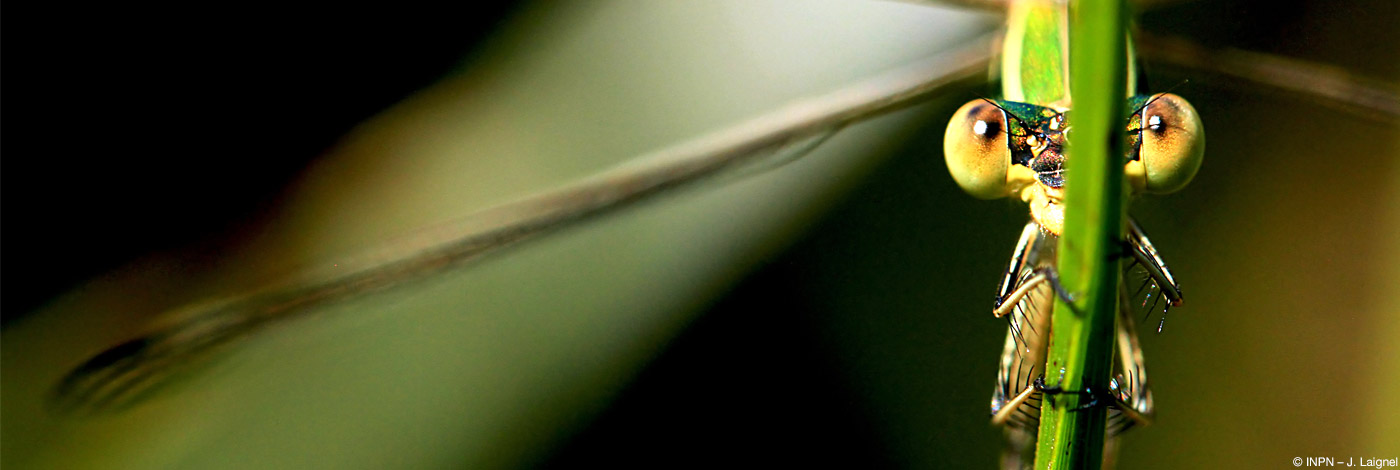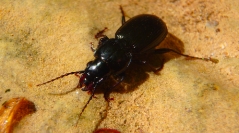

 Naturae
2018 (4) - Pages 43-55
Naturae
2018 (4) - Pages 43-55Pterostichus madidus (Fabricius, 1775) imaginal body size is defined as the distance between elytron and mandible tips, when mandibles lay in their resting position. Its statistical distribution was estimated from 658 specimens, that had been pitfall-trapped in the 2007-2016 year span along a northward transect across the French lowlands of Côte-d’Or, Meurthe-et-Moselle and Moselle. The sampling targeted exploited, protected and unmanaged woodlands. It involved one national and two regional nature reserves. No response to the deliberately restricted elevational range was detected. Females displayed the more obvious response to the latitudinal shift, which took the form of a steep inversed Bergmann’s cline. The ones, that originated from the transect southernmost end were found to be 0.7 millimeters longer on average. Though males variance turned out to be heterogeneous and their latitudinal cline to be made looser by some important local variation, no significant southward increase of sexual dimorphism could be demonstrated. Specimens pooled from our 2012-2016 collections in Côte-d’Or were compared to an additional museum sample, that gathered beetles obtained from the same or neighboring locations in 1978-1998. It was observed, that the 2012-2016 females had lengthened by an average amount of 0.7 mm, thus yielding a first coleopteran case of a generational shift for a terrestrial species observed within its natural range and under natural conditions. Given the phenomenon spatial scale, the likelihood of it being a response to climate change is discussed considering knowledge gaps about larval trophic network and theoretical models of ectotherm organisms reaction to temperature increase.
Coleoptera, Carabidae, latitude, climate change.